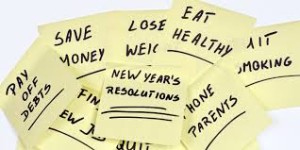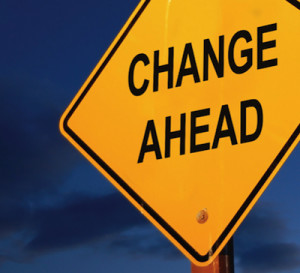31
Dec
2015
Looking ahead to December 31, 2016. How did you achieve change this year??
You woke up this morning. 2016 doesn’t feel any different than 2015, does it? But, you want 2015 to be different, don’t you? How can it be different? How can you turn good intentions into true change in 2016?
Theories abound on how to find lasting change in your personal life. The five following principles are adapted from Jeff Boss’ contribution in Forbes (article here). Although he writes about keeping resolutions, this really is about implementing a strategy for change. How do you set goals and keep them?
- Ask why? Discipline isn’t enough. We only have so much discipline to follow a difficult path. We must learn to WANT to practice our new habit. One of my favorite authors says, “The will (our power to choose) is ultimately governed by the delights of our soul.” You will ultimately choose what brings you the greatest delight. So, you have to learn to delight in (want) this new practice. What is the purpose behind the practice? What will it bring you? What will NOT getting it do to you? Ask yourself why the practice is important to you and answer the why. If you truly WANT what this practice will help you achieve, you are more likely to KEEP doing it, long after your personal discipline is gone.
- Think outside yourself. Identify the barriers that are keeping you from attaining this resolution. How can you remove them? Personally, I found that I skipped exercise often if I waited until the afternoon or evening to schedule it. I became focused on work or something else and didn’t feel I could step away from it, so I skipped the workouts. To overcome this barrier, I wake and exercise before anyone else is awake. There are no distractions. In order to do this, I also had to overcome another barrier by choosing to go to bed early each night so I could achieve the higher goal that was my aim. What barriers are preventing you from achieving your resolutions?
- Visualize the end state. Really imagine what it will be like to achieve your goals. Imagine what it will feel like and look like. Imagine the stress relief, the sense of accomplishment, the difficulties being released from your life. When you are in the middle of the practice, visualize the end result. When you don’t want to engage in the practice, visualize the reason you are going to get up and do it anyway:)
- Employ if-then planning. A study measured the success of two different groups: one that used “if-then” planning and one that didn’t. 91% of those who used “if-then” planning achieved their goal while only 31% of those who didn’t. Basically, “if-then” planning is agreeing with yourself: “If A happens, then I will do B.” Personally, I use B as a reward system. For example, “If I don’t eat dessert Monday-Saturday, I will allow myself any dessert I want on Sunday.” Or, “If I lose _________ kilograms this month, I’m going to allow myself to buy _____________.” In exercise, I like to do high intensity interval training. High intensity interval training requires short bursts of extreme exertion followed by short periods of slow or relaxed exertion. Knowing I have a rest coming up, quickly, allows me to exert myself for these short bursts of high energy.

- Set sub goals as part of a larger goal. These are called “process goals.” They are, as Boss says, “breadcrumbs on the trail to success.” If you owe $10,000 in debt, celebrate each $500 or $1000 you reduce from this debt. If you need to lose 10 kg of weight, focus on the first kg, initially, on your way to 10 kg. It can be overwhelming to ONLY focus on the end. Take “baby steps” as we say in English.
Good luck on change in 2016. Let’s be different at 11:59 pm, December 31, 2016, than we are today!
[top]

